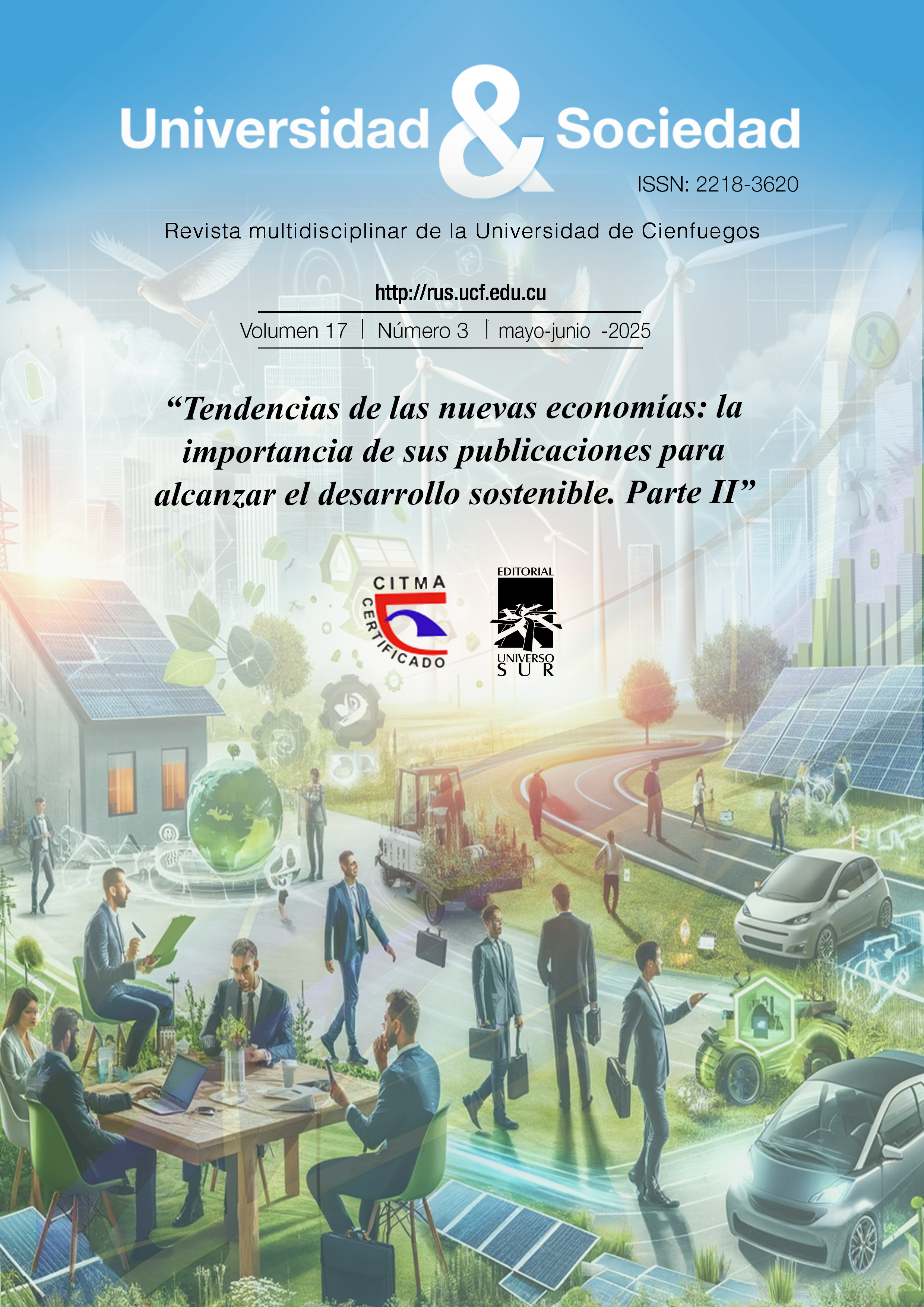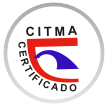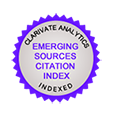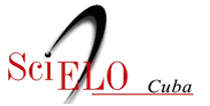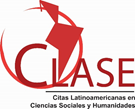Integrative approach to teaching foreign languages
Keywords:
Integrative teaching, Foreign language education, EFL, Interdisciplinary learning, Curriculum innovation, non-native speakersAbstract
Nowadays language education must respond to increasingly complex academic and societal demands, and for these reasons the integration of foreign language instruction with other disciplines has become a pedagogical priority. Despite growing interest in interdisciplinary approaches, there remains a lack of comprehensive models that effectively align linguistic development with broader cognitive and curricular goals. This research aims to explore the theoretical foundations, practical implementation, and educational impact of integrative teaching methods in EFL classrooms for non-native speakers. Drawing on elements from innatism, interactionist, and cognitive learning theories, as well as communicative competence and transdisciplinary integration, we demonstrate that integrative instruction not only fosters holistic language acquisition but also cultivates critical thinking and intercultural skills. However, the implementation of such models is constrained by factors such as curricular fragmentation, unequal access to digital resources, institutional inertia, and limited teacher training. Therefore, it is highlighted the necessity of collaborative curricular design, inclusive assessment strategies, and equitable infrastructure to bridge the gap between theory and classroom reality.
Downloads
Published
How to Cite
Issue
Section
License
Copyright (c) 2025 Editorial "Universo Sur"

This work is licensed under a Creative Commons Attribution-NonCommercial-NoDerivatives 4.0 International License.
La editorial "Universo Sur", de la Universidad de Cienfuegos, publica el contenido de la Revista "Universidad y Sociedad" bajo una Licencia Creative Commons Atribución-NoComercial-SinDerivar 4.0 Internacional.
© Podrá reproducirse, de forma parcial o total, el contenido de esta publicación, siempre que se haga de forma literal y se mencione la fuente.
